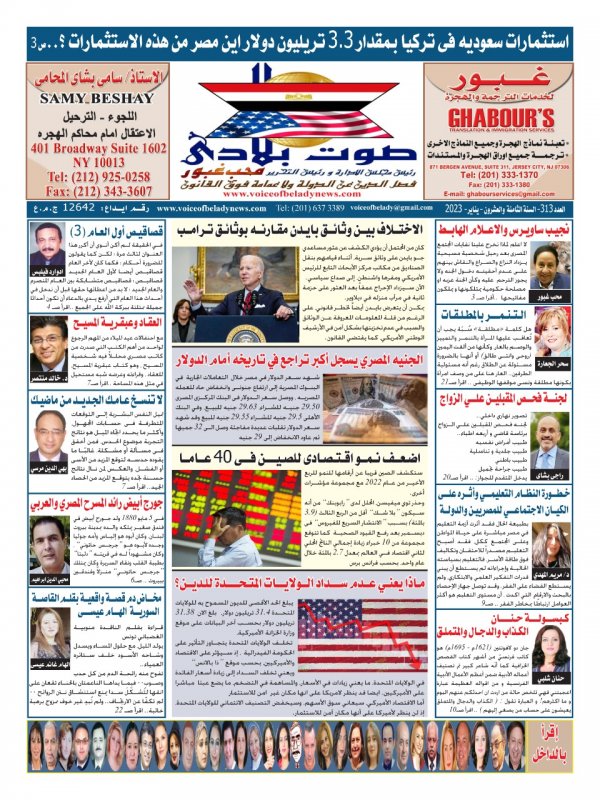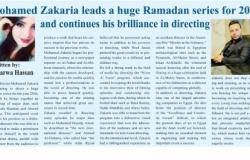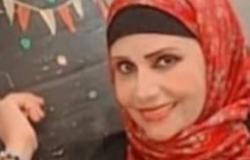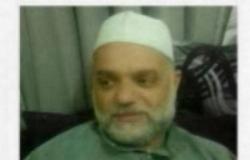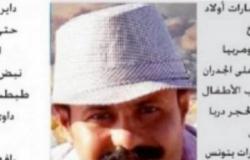Criteria for judging the presence of mental illness
By Dr. Yostena Henen Sadek
Masters researcher in Psychology- faculty of arts
Minia University
Any of us can understand the organic physical diseases, such as infections, wounds and fractures, but it is difficult with psychological diseases, which may not appear with organic physical symptoms of the disease. Mental illness is often observed through the patient's behavior, manifestations of his feelings and thoughts, or the way he looks at the world around him, or a combination of all of these things to the extent that this person's care requires intervention and treatment for his own interest, or the interest of those around him.
Our examination of external appearance and behavior allows us to deduce the internal structure of the parts of the psyche and its functions, and this approach is very useful and necessary, and through it, we find ourselves as psychologists able to look at the general structure of the patient's social existence and life.
If we look closely at the general appearance of the patient, we can learn a lot about his psychological and mental condition, which will help us in diagnosing the disease and understanding its seriousness. Therefore, we try to see in the general appearance the following:
Congenital configuration:
This formation differs from one person to another, and it is believed that every mental illness is caused by a specific genetic combination. It has been observed that mania and depression are more common in the obese formation, while hysteria and epilepsy are common in the muscular formation. As for neurastia, we find it more in the thin formation. We also find Schizophrenia in the thin and irregular formation, for all this, we find that through our observation of the congenital composition of the patient, it is possible to form a general understanding of his personality.
Facial expressions:
Facial expressions reveal the patient's emotional state, for example, we see a depressed patient on his face with a clear expression of sadness, and if we look at a manic patient, we find that he emits joy from his eyes, and we find a face completely incapable of expression in some cases of schizophrenia. However, we should not be deceived by the appearance of the face, as the patient often smiles with a "sad heart", (as he put it), and often smiling indicates an attitude of sarcasm, mockery or nihilism, rather than joy or happiness. Accuracy in knowing what lies behind the smile is important. And necessary.
Clothing condition:
The way a person wears his clothes and its color may help to know the depth of his feelings. Wearing black clothes can indicate sadness, and neglecting clothes indicates a lack of interest and turmoil. The same applies to mental illness, as the clothes may be clean and elegant, as in cases of hysteria, or dirty and torn, as in cases of agitation, or inconsistent and abnormal, which indicates a disorder in the patient’s thinking, and this is also prevalent in patients with schizophrenia, and we may also find a patient Hypomania wears very colorful clothes, and if it is a girl or a woman, she may wear flashy clothes.
Hair condition:
The condition of the hair may be of special significance useful in the diagnosis, as the hair may be abnormally long or short, and it may be clean, combed, or dirty and confused. There is the patient who leaves a tuft of his hair on his forehead in a certain way, as well as the patient who shaves his head with a razor and impersonates a celebrity.
Position (standing or sitting):
The position of the patient can be very important for the diagnosis, such as a patient who permanently puts his hand in the hole of his shirt, and a patient who always raises his hand towards the sun may mean that he worships it.
The movement:
A person's motor activity varies by changing his or her emotional state. We may see a happy, cheerful person who moves a lot and talks. We can also see a sad person who is slow in movement. Movement also differs in disease in terms of quantity and type.
In terms of quantity:
Movement may be little in a depressed patient, and a lot in a manic patient.
In terms of type:
The movement is characterized by a special character, which we list as follows:
• ( Repetition)
The movement can be characterized by repetition, as shown in the following pictures:
stylistics:
It is a strange movement or a group of movements that the patient repeats continuously and repeatedly, such as raising the eyebrows, or rolling the hands to each other as if he is washing them without stopping, and these movements are usually performed behind the patient’s awareness, and if he is asked what he is doing, he is surprised, denied, or finds no explanation.
Wax flexure:
It is the repetition of the situation, that is, its stability and continuity, so we, as specialists, can put one of the patient’s limbs, or even his torso or neck, in any position, and then leave him. We find that the patient continues in this condition for a long time, much longer than what the average person can bear. We see that the limbs bend with us however we like, as if they were made of wax. They can be shaped and placed in any shape.
Supplies:
It is a simple and repetitive movement, referring to an ingrained habit, which is difficult to get rid of, for example, closing and opening the eyelids (squinting), raising the eyebrow, moving the mouth in a certain way, shrugging the shoulders, moving the face, winking constantly, sucking the fingers, or biting the nails.
• ( Admiration)
The movement can be characterized by sympathy, which means the patient's ability to imitate others without thinking or persuading them, as shown in the following pictures:
mechanical obedience:
It is the patient's response automatically without thinking or insight from him to any command that is received, even if this matter is harmful or abnormal, such as his inability to refrain from sticking out his tongue if we ask him to do so, even if we threaten him that we will insert a needle into his tongue.
Talk back:
It is for the patient to repeat the words spoken by those around him, like an echo of a voice.
back:
It means the patient's opposite response to any command thrown at him, so if we ask him to raise his hand, he lowers it, and if we ask him to turn to the right, he turns to the left.
Resistance:
The patient does not do what is required of him, and he also does not reverse it, but he resists the order and does not come to it, and refuses to obey any order. For example, if we ask the patient to enter the room while he is at the door, he remains standing at the door, neither entering nor leaving.
awesomeness:
And here the patient appears as if he is frozen in place, and there is no visible movement from him, and no expression appears on his facial features, and if the condition is serious, the situation reaches the point that he does not respond to the stimuli around him, even if they are painful.
During my training period in the Psychiatric and Mental Hospital in New Minya, I sat with one of the patients for a diagnosis, and as soon as I entered her, she closed the room door and repeated that several times to make sure it was closed. When I asked her not to do that, she did not answer me, and while I was talking to her, I found her silently repeating some words. With moving lips, based on these behaviors I diagnosed her with obsessive-compulsive disorder.




 رئيس التحرير يكتب : من التراب وإلى التراب يعود .. تحويل جثث الموتى إلى سماد عضوى
رئيس التحرير يكتب : من التراب وإلى التراب يعود .. تحويل جثث الموتى إلى سماد عضوى
 رئيس التحرير يكتب : لماذا تصر الحكومة على استمرار شريف أبو النجا رئيسا لمستشفى 57357 رغم الشواهد العديدة على فساده
رئيس التحرير يكتب : لماذا تصر الحكومة على استمرار شريف أبو النجا رئيسا لمستشفى 57357 رغم الشواهد العديدة على فساده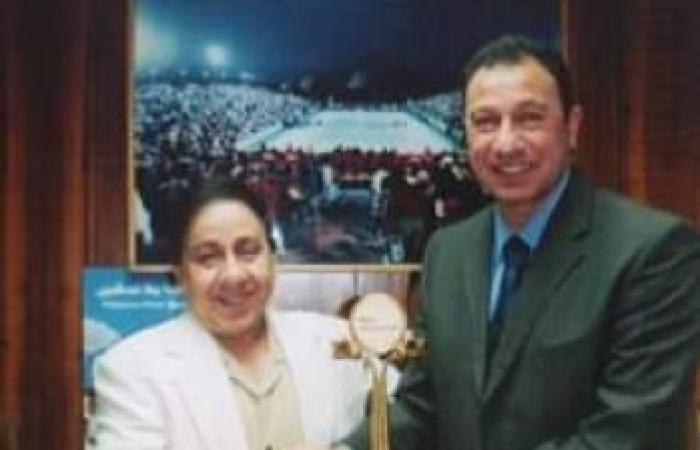 اقرأ في العدد الجديد ( عدد يناير ٢٠٢٣ ) من جريدة صوت بلادي
اقرأ في العدد الجديد ( عدد يناير ٢٠٢٣ ) من جريدة صوت بلادي
